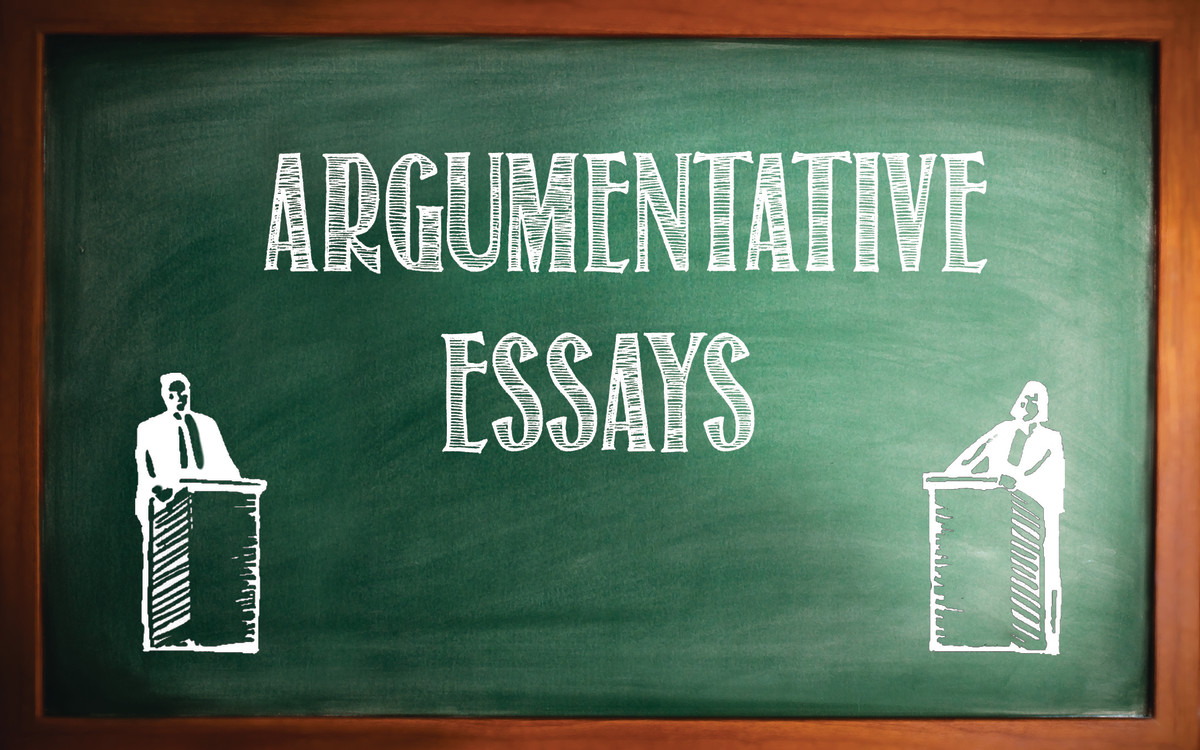
Background Overview
Over the years, there has been a noticeable shift away from the traditional approach to reporting violence and conflict, such as war. Journalists and media stakeholders have increasingly recognized the importance of adopting a more positive reporting stance. This evolution has led to the emergence of peace journalism, which challenges the traditional war journalism model. Peace journalism prioritizes objectivity and unbiased perspectives, aiming to contribute to solutions rather than exacerbating problems. Grounded in principles of hope and peace, peace journalism acknowledges the necessity of reporting on violence while striving to present a comprehensive view of all sides involved. It emphasizes highlighting progress, potential solutions, and amplifying the voices of marginalized parties, rather than solely focusing on elite perspectives. Ultimately, peace journalism seeks to foster truthful understanding and facilitate reconciliation among audiences by offering insights into conflicts and pathways to resolution.

Part I: Transforming War Reporting into Peace Journalism
In this exercise, we take an article originally framed within the context of war journalism and rewrite it through the lens of peace journalism. The article, titled "Gaza braces for protests and funerals a day after at least 58 Palestinians killed by Israeli troops" by Raf Sanchez and Roland Oliphant, was published on May 15, 2018, by the Telegraph UK.


